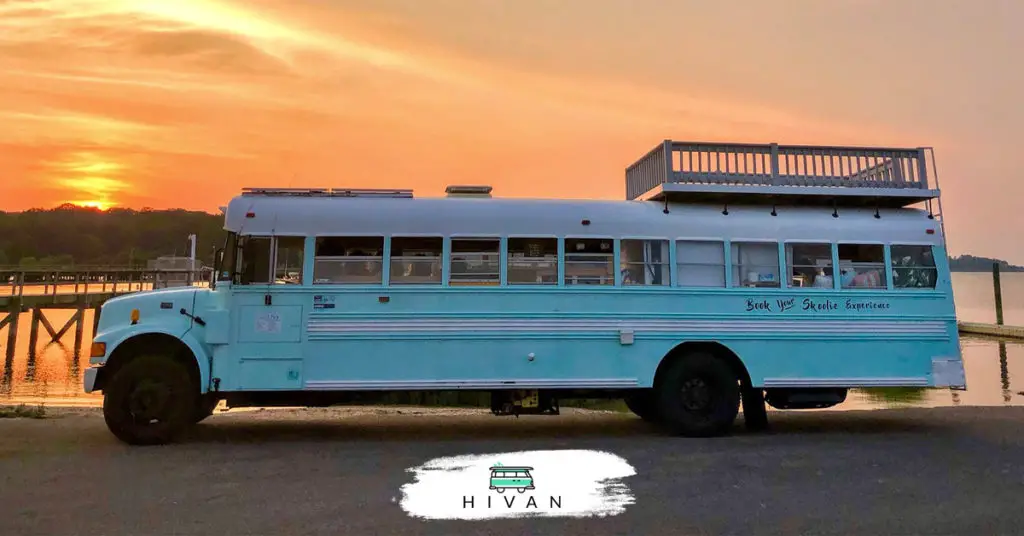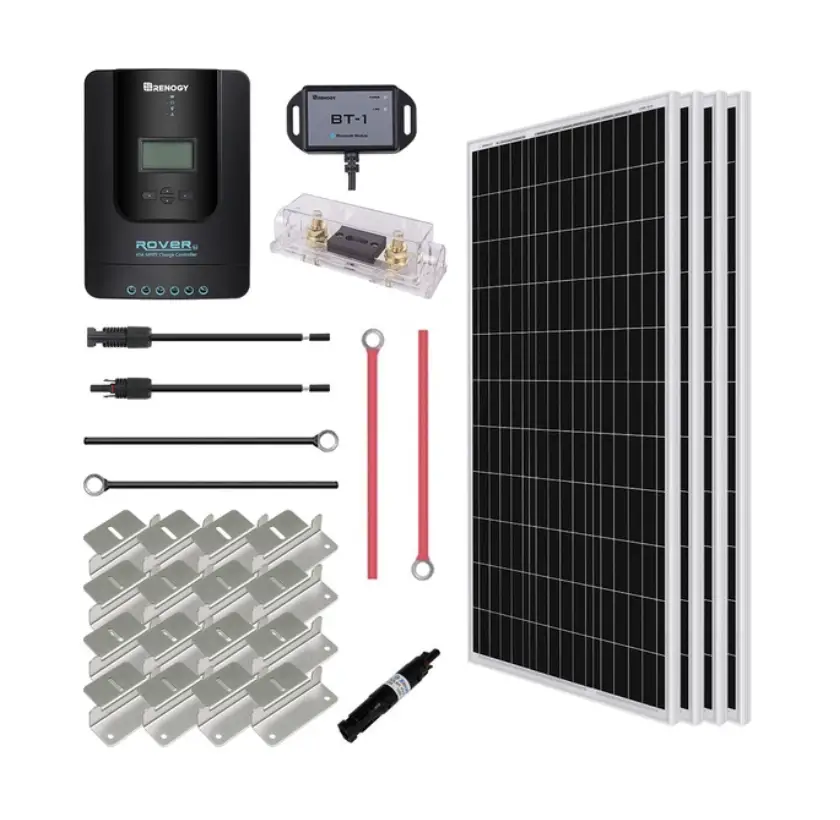Hi-van is supported by its audience. When you purchase using our links, we may earn an affiliate commission (no added cost to you). Learn more
Skoolies have quickly made their way onto the van life and RV living scenes. They offer plenty of windows, several opportunities for customizations, and more. However, using an old school bus might seem like a questionable choice since some of them are prone to breakdown. Are they really worth the hype?

Skoolies are reliable because they’re designed with heavy safety standards for public transportation. School buses are usually quite easy to drive and don’t have complex parts under the hood. Everything is spaced out and easy to access. The only challenge is finding the correct replacement parts.
In this article, we’ll explain how pricey it is to maintain a skoolie, whether or not it’s a good investment for your travels, and why school buses are so popular for traveling. We’ll also talk about why so many people believe they’re the best campers available.
Are Skoolies Expensive to Maintain?
Skoolies are about as expensive to maintain as an RV. If you don’t have a running toilet or too many pipes, or extra weight, you can reduce your expenses. It usually costs about $2,000 annually to keep up with a skoolie. Remember to set a nest egg for flat tires, parts under the hood, and structural damage.
Here’s what you should keep in mind when budgeting your skoolie’s maintenance:
- Expensive repairs, such as a $5,000 transmission, can be a crushing blow if you don’t have an emergency fund. Skoolie Livin’ shows transmissions are often over five grand, making them some of the most expensive repairs on a school bus. You should always have at least the amount of the priciest part in your savings account.
- Large vehicles are prone to tire problems, so be prepared for flats. RVs, trailers, school buses, and semi-trucks all weigh much more than traditional road vehicles. While the tires are rated for the weight, there’s simply no way they can withstand the pressure as long as you’re used to.
- Top off the fluids on the bus’s recommended maintenance schedule. Skoolies have robust engines that demand a lot of lubrication. Check the oil, transmission fluid, coolant, and other fluids every few thousand miles. If the levels are too low, there might be a hose leak or hairline fracture that could cost a few hundred dollars.
- Be prepared to replace the brakes more than you would on a normal vehicle. Much like the tires, your brake system will likely need repairs more than a regular car. The best way to avoid this issue is to get used to feathering the brake pedal several bus lengths before you need to stop the vehicle.
Find this content useful 🙂 ?
Subscribe to our Newsletter and get a free Solar Electric Diagram + shopping list.
Are Skoolies a Good Investment?
Skoolies are a good investment if you get one without too much wear and tear. Many buses can last up to a quarter of a million miles or 15 years, whichever comes first. Try to get a skoolie below those limits.
Remember these tips to ensure your skoolie is a good investment:
- Never get a skoolie with more than 200,000 miles on the odometer. According to Elko Daily, most buses are made to last up to 250,000 miles or 15 years. Since you want a buffer to prevent your skoolie from breaking time right when you buy it, try to find one that has at least 50,000 fewer miles than its limit.
- Ensure your school bus is younger than 15 years (preferably younger than 12 years). While the max predicted lifespan is 15 years, we suggest finding a skoolie that’s younger than 12 years to prevent unwanted breakdowns. The younger the bus, the less likely you’ll have to deal with various types of damage.
- Look for signs of rust, corrosion, and salt damage. These three factors are symptoms of poor maintenance. Unfortunately, living in a coastal region can contribute to salt erosion. You’ll notice white specks, random rust spots, and similar signs of damage if the bus is always parked near saltwater or humid regions.
- Take it for a test drive to press the brakes, listen for loose belts, and check the battery. Bring a multimeter with you to test the battery before buying the vehicle. The brakes should slow your vehicle gradually without screeching. Note that a little bit of squeaking is normal for bus brakes.
Do School Buses Make Good Campers?
School buses make good campers because they’re a blank template to create the ultimate camping setup for anyone. You can add solar panels to the roof, a refrigerator, stove, and counters to the inside, and design a comfortable bedroom. School buses can be painted by amateurs, unlike RVs that use fiberglass shells.
One of the main reasons people choose skoolies over RVs is that they can be upgraded or switched however they want it to be. The Tiny Life estimates school buses can be as cheap as $20,000, making them significantly cheaper than a used motorhome of the same quality.
The conversion price depends on your needs. Do you want a wood-paneled cabin, or can you get by with just a little bit of insulation? Will you install solar panels or rely on a generator? Hint: We highly recommend using solar panels. They’re inexpensive and as reliable as it gets.
The Renogy 400W 12V Premium Kit is the most economical choice for the off-grid adventurer. With the ability to access energy wherever there is sun, the options for your journey are limitless.
Try the Renogy 400W Solar Panel Kit to power your laptops, smartphones, 12V DC fridge, vent fans, lights, and more. This kit comes with all of the mounting hardware, a charge controller, and everything else you need (other than a 12V battery as a power bank).
Tiny Home Tours shows an incredible skoolie conversion that you can watch here:
Conclusion
Now that you know why skoolies are reliable, safe, and fun, you can decide which school bus will help you have the best time on the road. Enjoy wide, bright windows, a customizable template, and the undeniable freedom of so much square footage.


